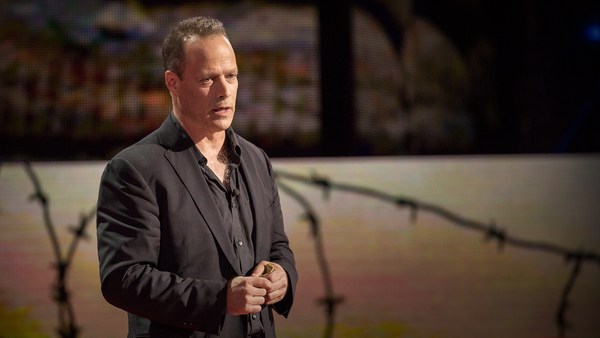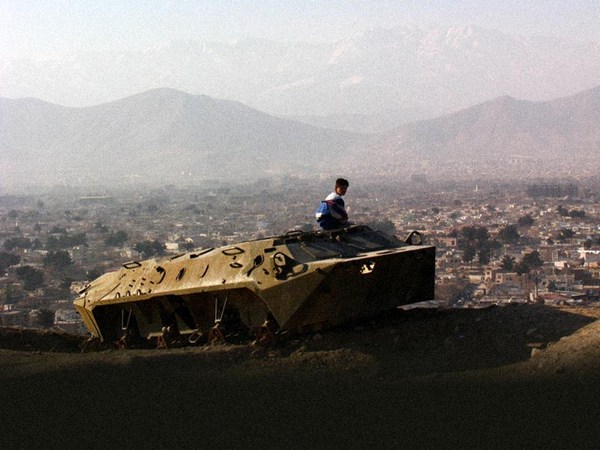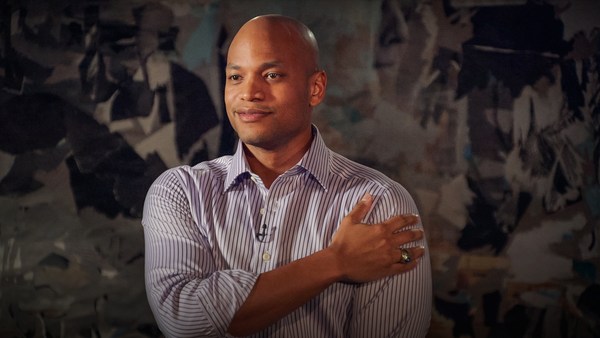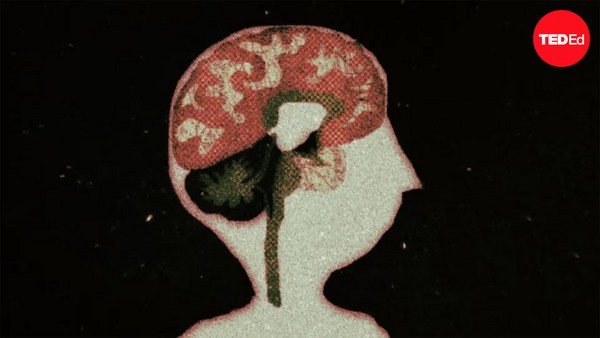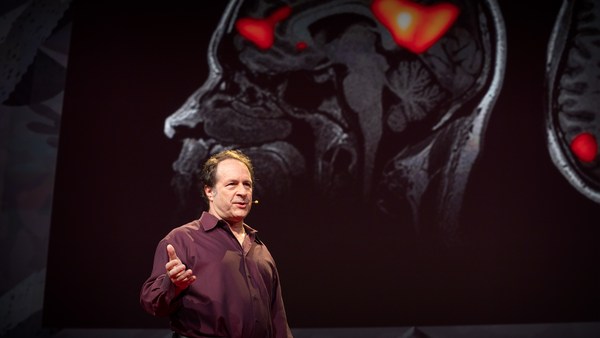You are a high-ranking military service member deployed to Afghanistan. You are responsible for the lives of hundreds of men and women, and your base is under attack. Incoming mortar rounds are exploding all around you. Struggling to see through the dust and the smoke, you do your best to assist the wounded and then crawl to a nearby bunker.
Conscious but dazed by the blasts, you lay on your side and attempt to process what has just happened. As you regain your vision, you see a bloody face staring back at you. The image is terrifying, but you quickly come to understand it's not real.
This vision continues to visit you multiple times a day and in your sleep. You choose not to tell anyone for fear of losing your job or being seen as weak. You give the vision a name, Bloody Face in Bunker, and call it BFIB for short. You keep BFIB locked away in your mind, secretly haunting you, for the next seven years.
Now close your eyes. Can you see BFIB? If you can, you're beginning to see the face of the invisible wounds of war, commonly known as post-traumatic stress disorder and traumatic brain injury.
While I can't say I have post-traumatic stress disorder, I've never been a stranger to it.
When I was a little girl, I would visit my grandparents every summer. It was my grandfather who introduced me to the effects of combat on the psyche. While my grandfather was serving as a Marine in the Korean War, a bullet pierced his neck and rendered him unable to cry out. He watched as a corpsman passed him over, declaring him a goner, and then leaving him to die.
Years later, after his physical wounds had healed and he'd returned home, he rarely spoke of his experiences in waking life. But at night I would hear him shouting obscenities from his room down the hall. And during the day I would announce myself as I entered the room, careful not to startle or agitate him. He lived out the remainder of his days isolated and tight-lipped, never finding a way to express himself, and I didn't yet have the tools to guide him.
I wouldn't have a name for my grandfather's condition until I was in my 20s. Seeking a graduate degree in art therapy, I naturally gravitated towards the study of trauma. And while sitting in class learning about post-traumatic stress disorder, or PTSD for short, my mission to help service members who suffered like my grandfather began to take form.
We've had various names for post-traumatic stress throughout the history of war: homesickness, soldier's heart, shell shock, thousand-yard stare, for instance. And while I was pursuing my degree, a new war was raging, and thanks to modern body armor and military vehicles, service members were surviving blast injuries they wouldn't have before. But the invisible wounds were reaching new levels, and this pushed military doctors and researchers to try and truly understand the effects that traumatic brain injury, or TBI, and PTSD have on the brain.
Due to advances in technology and neuroimaging, we now know there's an actual shutdown in the Broca's, or the speech-language area of the brain, after an individual experiences trauma. This physiological change, or speechless terror as it's often called, coupled with mental health stigma, the fear of being judged or misunderstood, possibly even removed from their current duties, has led to the invisible struggles of our servicemen and women. Generation after generation of veterans have chosen not to talk about their experiences, and suffer in solitude.
I had my work cut out for me when I got my first job as an art therapist at the nation's largest military medical center, Walter Reed. After working for a few years on a locked-in patient psychiatric unit, I eventually transferred to the National Intrepid Center of Excellence, NICoE, which leads TBI care for active duty service members. Now, I believed in art therapy, but I was going to have to convince service members, big, tough, strong, manly military men, and some women too, to give art-making as a psychotherapeutic intervention a try.
The results have been nothing short of spectacular. Vivid, symbolic artwork is being created by our servicemen and women, and every work of art tells a story. We've observed that the process of art therapy bypasses the speech-language issue with the brain. Art-making accesses the same sensory areas of the brain that encode trauma. Service members can use the art-making to work through their experiences in a nonthreatening way. They can then apply words to their physical creations, reintegrating the left and the right hemispheres of the brain.
Now, we've seen this can work with all forms of art -- drawing, painting, collage -- but what seems to have the most impact is mask-making. Finally, these invisible wounds don't just have a name, they have a face.
And when service members create these masks, it allows them to come to grips, literally, with their trauma. And it's amazing how often that enables them to break through the trauma and start to heal.
Remember BFIB? That was a real experience for one of my patients, and when he created his mask, he was able to let go of that haunting image. Initially, it was a daunting process for the service member, but eventually he began to think of BFIB as the mask, not his internal wound, and he would go to leave each session, he would hand me the mask, and say, "Melissa, take care of him." Eventually, we placed BFIB in a box to further contain him, and when the service member went to leave the NICoE, he chose to leave BFIB behind. A year later, he had only seen BFIB twice, and both times BFIB was smiling and the service member didn't feel anxious. Now, whenever that service member is haunted by some traumatic memory, he continues to paint. Every time he paints these disturbing images, he sees them less or not at all.
Philosophers have told us for thousands of years that the power to create is very closely linked to the power to destroy. Now science is showing us that the part of the brain that registers a traumatic wound can be the part of the brain where healing happens too. And art therapy is showing us how to make that connection.
We asked one of our service members to describe how mask-making impacted his treatment, and this is what he had to say.
(Video) Service Member: You sort of just zone out into the mask. You zone out into the drawing, and for me, it just released the block, so I was able to do it. And then when I looked at it after two days, I was like, "Holy crap, here's the picture, here's the key, here's the puzzle," and then from there it just soared. I mean, from there my treatment just when out of sight, because they were like, Kurt, explain this, explain this. And for the first time in 23 years, I could actually talk about stuff openly to, like, anybody. I could talk to you about it right now if I wanted to, because it unlocked it. It's just amazing. And it allowed me to put 23 years of PTSD and TBI stuff together in one place that has never happened before. Sorry.
Melissa Walker: Over the past five years, we've had over 1,000 masks made. It's pretty amazing, isn't it?
Thank you.
(Applause) I wish I could have shared this process with my grandfather, but I know that he would be thrilled that we are finding ways to help today's and tomorrow's service members heal, and finding the resources within them that they can call upon to heal themselves.
Thank you.
(Applause)
